CU - Seosaneupnae Village Branch [Tax Refund Shop] (cu서산읍내빌리지점)
14.8Km 2024-06-27
36, Yangyujeong 1-ro, Seosan-si, Chungcheongnam-do
-
Statue of General Kim Jwajin (김좌진장군동상)
14.8Km 2024-01-16
Goam-ri, Hongseong-eup, Hongseong-gun, Chungcheongnam-do
The Statue of General Kim Jwajin was erected to commemorate General Kim's efforts in leading the Independence Army against Japan during the Battle of Cheongsan-ri. This was one of the greatest victories in the war fro Korean independence.
Hongseong Namdang Port Jumbo Shrimp Festival (홍성남당항 대하축제)
15.6Km 2025-08-14
1-1 Namdanghang-ro 213beon-gil, Seobu-myeon, Hongseong-gun, Chungcheongnam-do
+82-10-5433-8196
Namdang Port, located at the west end of Hongseong, is a famous west coast port known for its exceptional seafood. Surrounded by the clean waters of Cheonsuman Bay, Namdang Port is home to a wide array of sea life including blue crab, cockle and webfoot octopus. Namdang Port also draws throngs of visitors from early September to mid-October every year for the country’s largest Jumbo Shrimp Festival.
Hongseong Namdang Port Saejogae Festival (홍성남당항 새조개축제)
15.6Km 2025-02-06
1-1 Namdanghang-ro 213beon-gil, Seobu-myeon, Hongseong-gun, Chungcheongnam-do
+82-10-5433-8196
Hongseong Namdang Port Saejogae Festival celebrates the saejogae (egg cockle) that is harvested around Namdang Port and Cheonsuman Bay between December and April of every year. The plump saejogae are famous for their chewy texture and nutritional value, full of protein, iron, and other essential minerals.
Hongseong Namdang Port Sea Trout Festival (홍성남당항 바다송어 전국 요리대회 및 수산물 소비촉진 행사)
15.6Km 2025-03-31
1-1 Namdanghang-ro 213beon-gil, Seobu-myeon, Hongseong-gun, Chungcheongnam-do
+82-41-634-0104
Hongseong Namdang Port Sea Trout Festival celebrates the local spring-time catch of sea trout, a healthy food with a tasty flavor and chewy texture. During the festival, enjoy a range of activities including performances and catching barehanded fishing.
Namdang Port (남당항)
15.7Km 2024-06-05
Namdang-ri, Hongseong-gun, Chungcheongnam-do
+82-41-630-1224
Namdang Port is a representative port on the West Coast. Known for having plenty of prawn, cockle, flat fish, rock fish and other types of seafood, the port draws visitors all year round. Cockles in particular are a local delicacy, usually enjoyed as cockle shabu shabu or charcoal-grilled cockle. A nearby attraction to visit is the bamboo grove of Jukdo Island
Seosan Seogwangsa Temple (서광사(서산))
15.8Km 2021-09-10
44, Buchunsan 1-ro, Seosan-si, Chungcheongnam-do
+82-41-664-2002
Seongwangsa Temple is located in the quiet downtown area of Eupnae-dong, Seosan in Chungcheongnam-do. Its convenient location makes it easily accessible from almost anywhere in town.
The temple was built by Great Monk Daegyeong in 928 in the late Silla period and the scholar Choi Chiwon came here to study while he was serving as the governor of Buseong-gun (currently Seosan) in 893. Originally, the temple was called Samseonam, or Three Hermitages, for there had been three hermitages in the upper, middle, and lower part of Buchunsan Mountain. During the late Joseon dynasty, the hermitages in the upper and middle part were closed and only the one at the bottom survived. In 1987, the name was changed to Seogwangsa Temple.
Historic Site Related to Seong Sam-mun (성삼문선생유허지)
17.5Km 2024-01-18
403-12 Maejukheon-gil, Hongbuk-eup, Hongseong-gun, Chungcheongnam-do
This historic site related to Seong Sam-mun is believed to be the birthplace of Seong Sam-mun, and was founded by his maternal ancester, Park Dam. A shrine was built here in 1685 to honor Seong Sam-mun and the five others ministers who were executed with him for their plot to restore King Danjong to the throne after he was exhiled by his uncle. The site was destroyed in 1864 when Confucian facilities were removed by the government, but was later rebuilt in 1945.
Seosan House of Yu Gibang (서산 유기방가옥)
17.6Km 2024-03-11
72-10 Imunan-gil, Seosan-si, Chungcheongnam-do
House of Yu Gibang was built in the early 1900s and measures 4,770㎡. As a valuable historical asset, it was designated as a Chungcheongnam-do Folk Culture Heritage on October 31, 2005. The house faces south on a low mountain with a thick pine forest background. A courtyard is at the center of the house, created by the straight line-shaped anchae to the north, the haengnangchae to the west, and a chat room with anchae to the east. Initially, there was a middle gate in front of the anchae, but it was demolished in 1988 and replaced with a pavilion-shaped gate as seen now.
Myeoncheoneupseong Walled Town, Dangjin (당진면천읍성)
17.6Km 2023-07-17
14 Mongsan-gil, Dangjin-si, Chungcheongnam-do
Since the ancient days, the city of Dangjin was where an important sea route to China existed along with Seosan and Taean. Not only was it an essential trading post with China, it was also a critical military hub. Myeoncheoneupseong Walled Town is widely known to have been constructed in the 16th year of King Chungnyeol's reign in the Goryeo Dynasty (1290) but many believe that it had actually existed ever since the early Baekje period for the purpose of stopping foreign invasions. Myeoncheoneupseong was a fortress that had four main gates in the east, west, south and north.

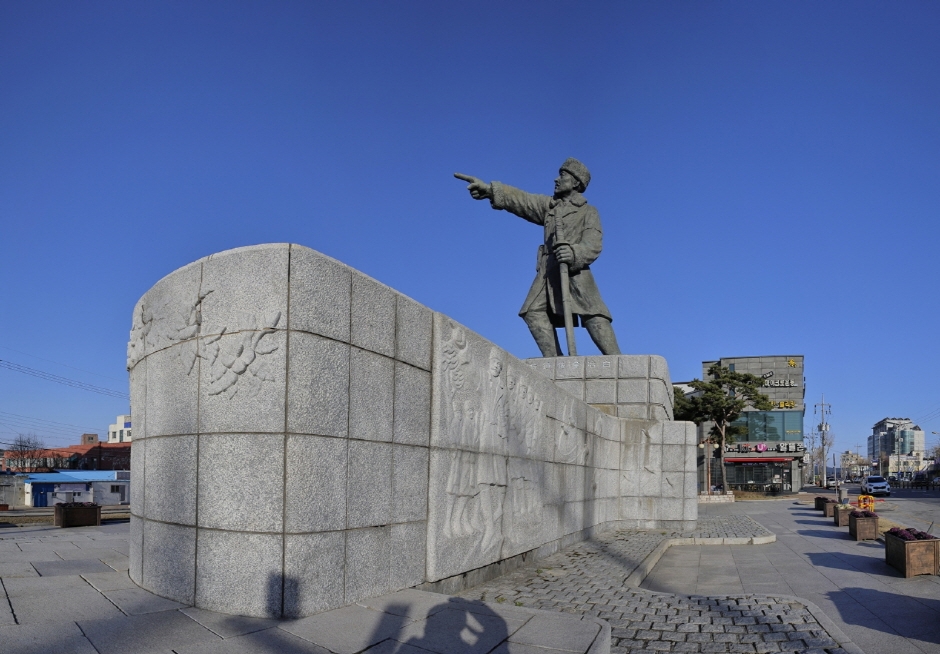
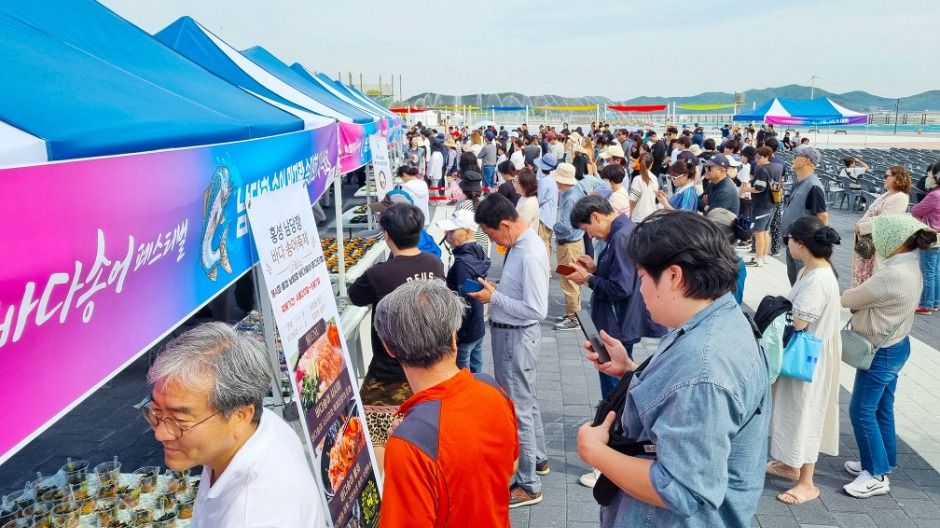
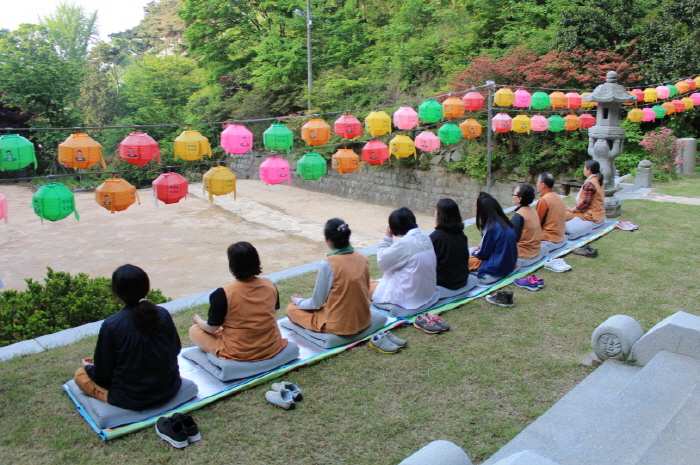
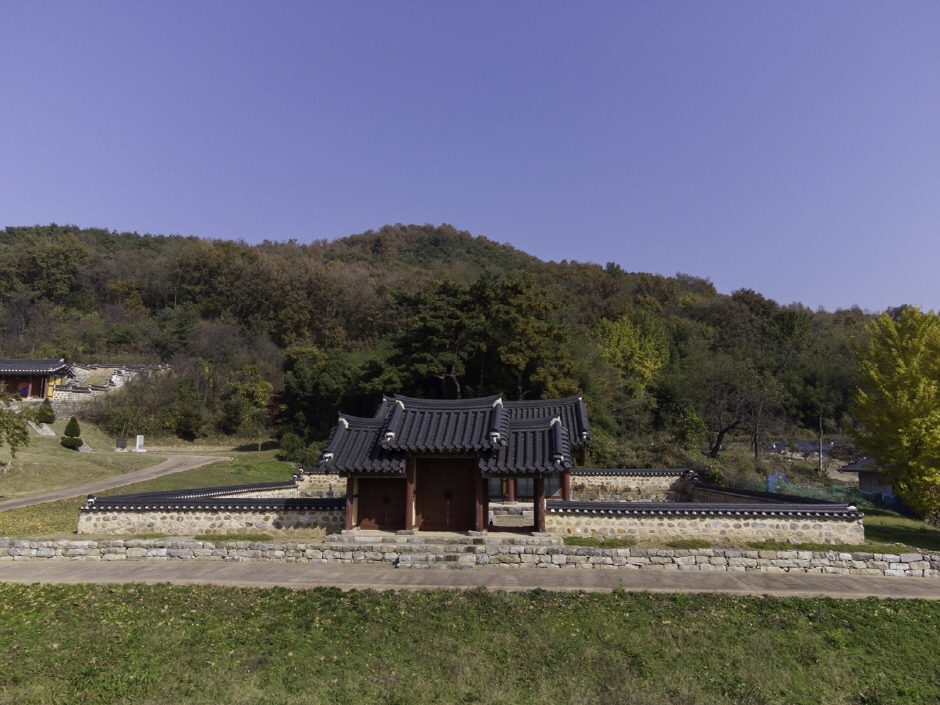
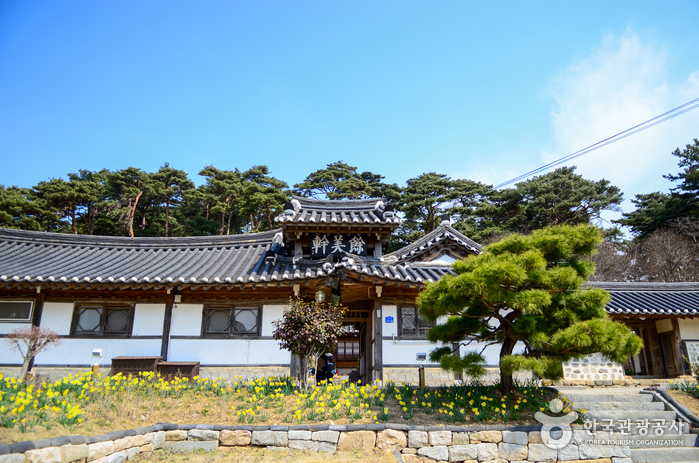
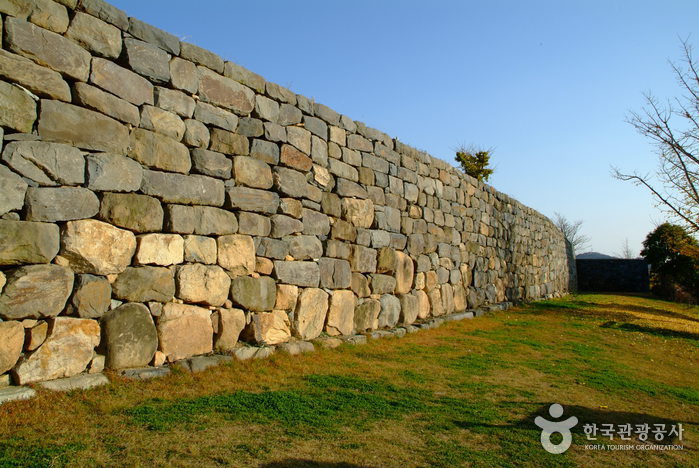
 English
English
 한국어
한국어 日本語
日本語 中文(简体)
中文(简体) Deutsch
Deutsch Français
Français Español
Español Русский
Русский